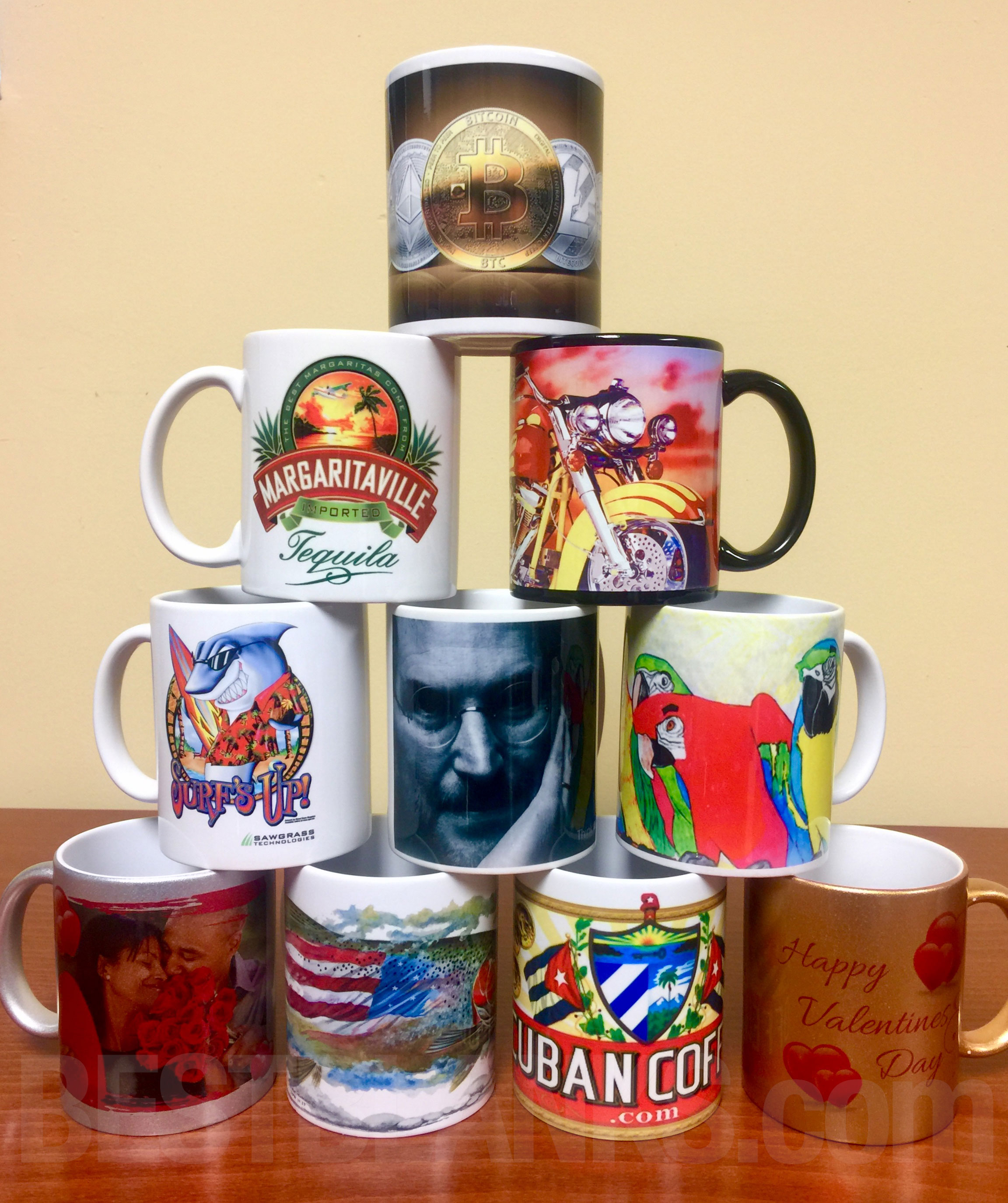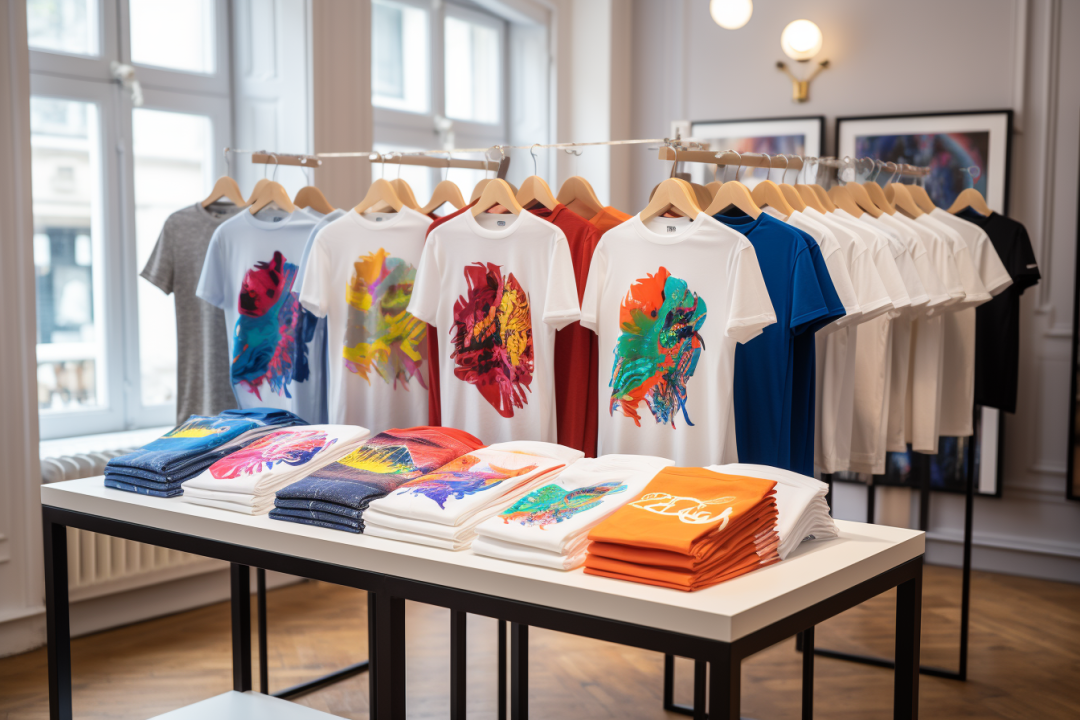Raise Your Designs with DTF Printing: A Comprehensive Overview
Raise Your Designs with DTF Printing: A Comprehensive Overview
Blog Article
From Standard to Digital: Understanding the Evolution of Cloth Printing
The change of towel printing from typical techniques like block printing and stand up to dyeing to contemporary strategies such as display and electronic printing marks a considerable change in the textile sector. Exactly how do these innovations impact the essence of towel printing, and what might the future hold for this ever-evolving craft?
Typical Cloth Printing Methods
In the onset of fabric production, standard fabric printing techniques worked as the cornerstone of textile layout, providing both functionality and imaginative expression. Methods such as block printing, withstand dyeing, and stenciling were diligently developed and refined over centuries, each contributing special useful applications and aesthetic qualities to the material industry. Block printing, one of the earliest methods, entailed sculpting complex styles right into wood blocks, which were after that dipped in color and pushed onto fabric. This labor-intensive process enabled the repetition of detailed patterns, showcasing the artisan's skill and creativity.
Withstand dyeing, consisting of techniques like batik and tie-dye, utilized wax or other materials to protect against dye from penetrating particular locations of the material. This method produced striking contrasts and intricate designs, often imbued with social significance. Stenciling, another traditional method, entailed reducing patterns right into a product and applying dye through the openings, supplying a less complex yet reliable means to generate repetitive designs.
These conventional methods not only formed the textile market's very early growth however also laid the foundation for future developments. Each technique showed the cultural and local features of its origin, protecting and distributing artisanal expertise with generations.
The Surge of Display Printing
The introduction of screen printing in the very early 20th century marked a considerable separation from conventional techniques, offering unprecedented convenience and efficiency. Screen printing allowed designers to generate detailed patterns and dynamic colors on fabrics, which were previously challenging to achieve with block printing or hand-painting methods.
Among the vital benefits of display printing is its capacity to reproduce complicated layouts widespread with remarkable fidelity. This scalability made it immensely preferred in the industrial fabric market, where mass manufacturing without compromising quality is extremely important. Display printing accommodates a wide range of dyes and inks, expanding the palette of textures and surfaces readily available to designers.
Furthermore, the procedure is very versatile, suitable for different textile types including cotton, silk, and synthetics. This versatility, incorporated with its cost-efficiency for big runs, solidified display printing's function as a foundation of contemporary fabric manufacturing. Hence, the increase of screen printing transformed the sector, pushing the boundaries of what was feasible in textile layout.

The Introduction of Digital Printing
Structure on the remarkable innovations brought by screen printing, the fabric market experienced another groundbreaking advancement with the advent of electronic printing. Arising in the late 20th century, digital printing revolutionized the means styles are moved onto textiles, providing unmatched flexibility and performance. Unlike typical methods, which browse around here typically needed substantial setup and substantial manual treatment, electronic printing employs computer-aided design (CAD) modern technology to generate detailed patterns directly onto the material with high precision.
This development has actually allowed textile makers to fulfill the expanding need for modification and on-demand production. By getting rid of the need for plates and displays, electronic printing reduces and minimizes lead times product waste, making it an extra lasting alternative. The ability to publish complicated pictures and a large range of colors in a solitary pass has opened up new innovative avenues for developers, cultivating a surge in creative expression within the market.
Moreover, electronic printing supports smaller sized batch production runs, which is especially useful for specific niche markets and startup style brand names. This technical leap has not just improved operational performance but likewise democratized accessibility to top notch textile printing, establishing the phase for future advancements in textile design and manufacturing.
Comparing Strategies: Typical Vs. Digital
While both digital and conventional printing methods have their own distinct benefits, they vary significantly in regards to process, effectiveness, and ecological effect. Conventional towel printing, encompassing methods like block printing and screen printing, includes manual work and complex craftsmanship. These techniques are celebrated for their capability to generate look here rich structures and lively shades, frequently causing unique, artisan-quality products. Nevertheless, they are labor-intensive, lengthy, and commonly restricted in regards to shade selection and design intricacy.
In contrast, digital printing employs advanced technology to transfer you can try here designs directly onto textile utilizing inkjet printers. Digital printing is considerably quicker, permitting for quick turn-arounds and just-in-time production, which reduces the requirement for big inventory storage.
From an environmental viewpoint, electronic printing is usually more lasting. It makes use of less water and creates marginal waste contrasted to traditional approaches, which often include considerable cleaning and coloring processes. Electronic printing is increasingly favored in an era where environmental considerations are paramount.
Future Patterns in Towel Printing
One considerable trend is the boosted application of digital printing technologies. Digital fabric printing is expected to control the market, driven by its performance and versatility to consumer demands for personalized and limited-edition products. heat transfer vinyl printing.

In addition, the incorporation of clever textiles, which integrate digital elements into materials, is established to transform the marketplace. These fabrics can give extra performances such as temperature policy, health and wellness surveillance, and interactive features. As innovation remains to advance, the crossway of electronic printing and clever textiles will certainly open up new opportunities for creative and useful applications in fabric printing.
Final Thought
The advancement of cloth printing from conventional techniques to digital advancements notes a substantial makeover in the textile market. While typical methods highlight artisanal workmanship and cultural heritage, electronic printing provides exceptional accuracy, performance, and customization.
The makeover of fabric printing from typical methods like block printing and resist coloring to contemporary methods such as screen and digital printing notes a substantial change in the textile market. Display printing allowed developers to generate elaborate patterns and lively colors on textiles, which were formerly testing to achieve with block printing or hand-painting approaches.
Building on the impressive advancements brought by screen printing, the fabric market experienced an additional groundbreaking advancement with the development of electronic printing. sublimation printing. Traditional cloth printing, encompassing methods like block printing and display printing, involves hand-operated labor and elaborate craftsmanship. As innovation continues to breakthrough, the crossway of electronic printing and clever textiles will certainly open brand-new methods for imaginative and practical applications in cloth printing
Report this page